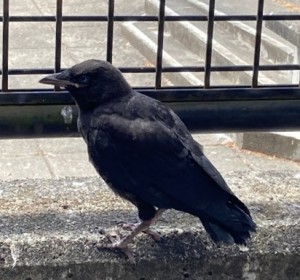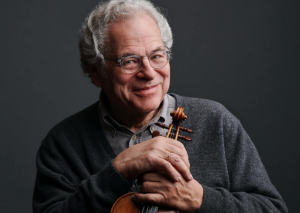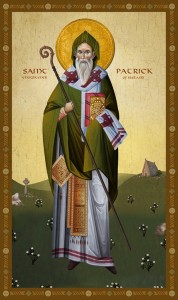A shoot shall come out from the stump of Jesse, and a branch shall grow out of his roots. The spirit of the LORD shall rest on him, the spirit of wisdom and understanding, the spirit of counsel and might, the spirit of knowledge and the fear of the LORD. – Isaiah 11:1-2
Beloved of God,
For some time it’s been our family tradition to join the “O” Antiphons Advent Procession at St. Mark’s Cathedral on the evening of the First Sunday of Advent. This year, after a three year hiatus, we returned there once more. Sitting with my family in the pew (a rare treat!) I recalled other times and places where my soul’s hunger for God and community was fed. The experience at St. Mark’s brought me solace and connection, as after the service we found ourselves among a circle of friends, old and new, whose lives had entwined with our own along life’s varied path.
There is much about the ‘O’ Antiphons service that draws us: the music, the solemn procession of incense, candles, and banners; the ancient readings and well-crafted prayers; the experience of being one among many within that large, resonant space and within the larger body of Christ. At the center of the service are the seven “Great ‘O’ Antiphons” themselves, whose origins date to the reign of Charlemagne (771-814), if not before. For at least the past 1,200 years, then, these seven have been part of the daily evening prayers of the Western church during the week before Christmas.
O ROOT OF JESSE, which stands for an ensign of the people; before whom the kings keep silence, and unto whom the Gentiles shall make supplication: Come and deliver us, and tarry not.
Each of the seven antiphons addresses the Messiah using images drawn from the prophets of Scripture—Wisdom, Lord of Might, Root of Jesse, Key of David, Dawn of the East, King of Nations, Emmanuel. Each title speaks of the coming One in terms both comforting and challenging. For example, the “Root of Jesse” antiphon, based on the Isaiah 11 text we’ll hear December 4th, testifies to one who “with righteousness shall judge the poor…and with the breath of his lips shall slay the wicked.” This Messiah, the titles make clear, is no “steady as you go” status quo enabler. The God to whom this Messiah testifies is a DISRUPTING GOD!
Throughout Advent we’re leaning into the holy disruption God intends for this world by coming into flesh among us.
In a world marked by disruptions of all sorts, we prepare ourselves for him whose arrival brings disruption of another kind: the DISRUPTION of injustice; the DISRUPTION of sin; the DISRUPTION of privilege; the DISRUPTION of the status quo.
A fourfold rhythm will mark both our Sunday liturgy and our midweek gatherings: BREATHING… RELEASING… RECEIVING… REJOICING. Our posture, during Advent, is one of alertness, as we prepare for the One whose coming brings holy disruption of the kind that is needed to re-create the world, and make it whole.
On the wings of a HOLY WIND, the HOLY SPIRIT breathes HOLY BREATH upon us this season. Allow this Holy Breath, animating your lungs, to revive your life in community. Allow it to stir in you, so that the world knows: you will not sit idly by while the world groans in pain. So that the world knows: Christ the Disruptor is at the door, and he is far from alone.
O ROOT OF JESSE, you reach deep into our hearts, drawing forth our longing for justice: Come and plant within us a passion for your Reign; through the One whom we know as the Root of all righteousness, Jesus Christ our Lord. Amen.
Pastor Erik







